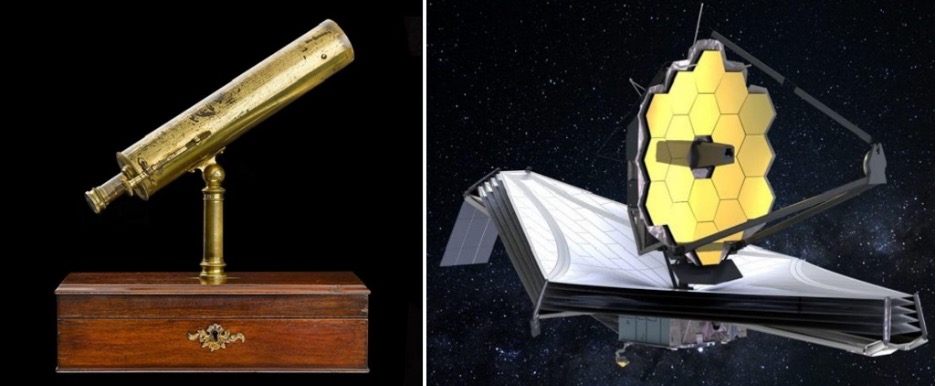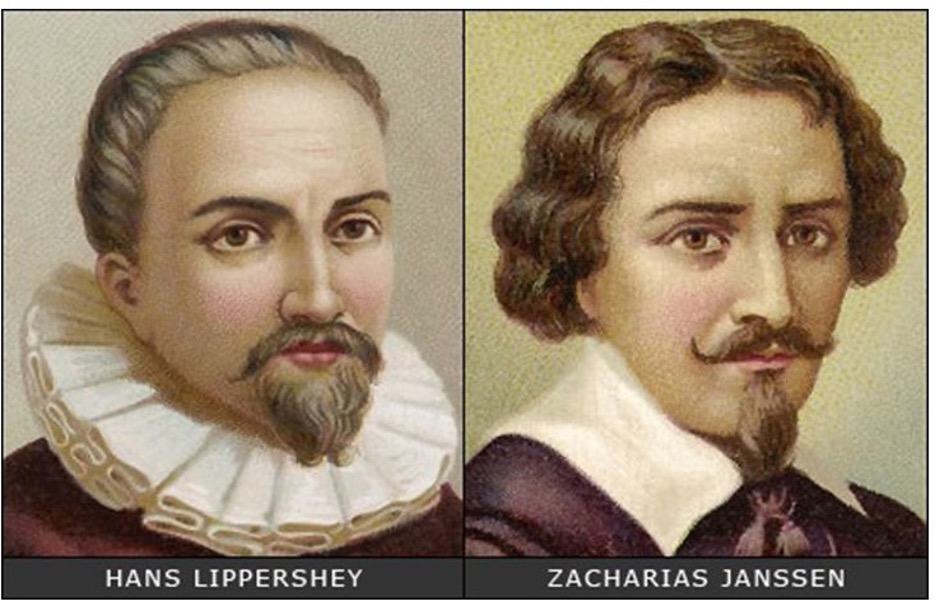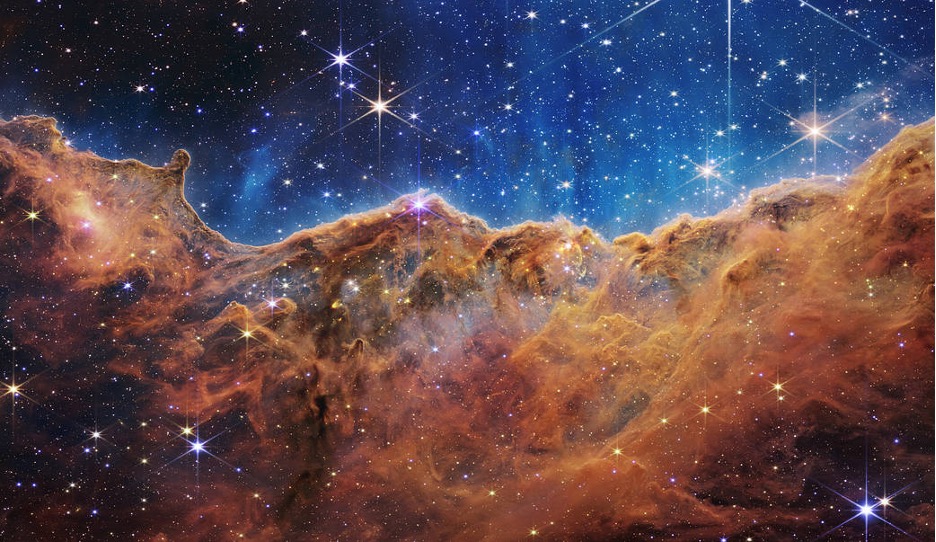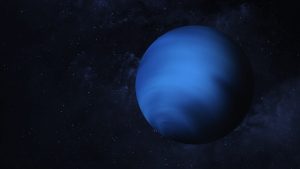Who invented the telescope? The evolution of the telescope from the beginning to the present day
26th Oct 2022
A few centuries ago, no one could have imagined that the starry sky would be visible at a glance. It was inaccessible, mysterious, majestic, and considered the gods’ abode. But the invention of the first telescope changed everything.
Today, hundreds of telescopes monitor the Universe every day, allowing us to see celestial bodies at arm’s length. Anyone can buy a compact home telescope, while NASA and ESA are building giant telescopes to have their eyes in space. We have already told you about the types of telescopes, and in this article, we will talk about their inventors.
So let us find out who invented the telescope and how this unique in its simplicity but so important device evolved to the present day.
When was the telescope invented?
In Greek, “telescope” means “to look into the distance” (tele – far off, skopeo – to see). The prototype of the first telescope is an optical spyglass — a monocular device for observing distant objects.
No one knows for sure when the first spotting scope was invented. Historians hypothesize that even before our era, the Sumerians, Egyptians, Greeks, and Mayans tried to create a device that visually enlarges objects. And the ancient Romans noticed the deviation of rays passing through a vessel of water and tried to reproduce this effect by choosing a certain shape of the glass to enlarge the image. This is how the first lenses appeared.
The very first documented mention of a spotting scope dates back to the 13th century and belongs to the Englishman, a monk of the Franciscan order, Roger Bacon. In his Communia Mathematica, he actually predicts the creation of the telescope and the microscope: “Instruments can be designed in such a way that huge objects will appear small, and vice versa.” But who was the first person who invented the telescope?
The first attempts to view the starry sky in the approximation were made by the English astronomer Thomas Digges in 1450. To this end, he tried to use a lens and a mirror, yet to no avail. In 1509, the famous artist and inventor Leonardo da Vinci created drawings of an instrument very reminiscent of a spyglass, but they were never brought to life. In 1607, the Dutch spectacle maker Hans Lippershey demonstrated the spotting scope he invented in Hague, hoping to obtain a patent for it. Yet he was refused because the tool was not brought to operational condition. Besides, Lippershey was not the only one who could apply for a patent. Other Dutch craftsmen, Zacharias Janssen and Jacob Metius, also had their own scopes. There even was a legend that the local duke, inspired by Janssen’s spotting scopes, ordered from him a whole batch of these devices for the military and sailors.

Who invented the optical telescope?
All disputes about the telescope inventor were decided in 1609 by Galileo Galilei. As an excellent mathematician, he managed to do what his Dutch predecessors could not — to improve the telescope so that it could be used for serious observations of celestial objects. Of course, the first Galileo Galilei telescope was far from perfect. It gave only a threefold increase, and the picture was full of chromatic aberrations. Later, the scientist managed to achieve a 32-fold increase, as a result of which he was able to make a number of important discoveries, which you can read about in our separate article on Galileo.
Interestingly, Galileo himself called his invention “eyepiece“. It was the scientist’s colleague, Italian astronomer and mathematician Demesiani, who dubbed the device “telescope”. Galileo’s logic in the naming was simple. His telescope contained two main components: an objective with a converging lens and an eyepiece with a diverging one. The lens created a reduced reverse image of a distant object in the focal plane, viewed through the eyepiece as if through a magnifying glass. Later, such telescopes were named refractors, and Galileo was the one who invented the first refracting telescope.
Who invented the Kepler telescope?
After Galileo, the telescope was improved multiple times. The next person who made significant improvements to the device was an equally famous mathematician and astronomer, Johannes Kepler. This happened just two years after the invention of the Galileo telescope. Kepler replaced the diverging lens in the eyepiece with a converging biconvex one. This made it possible to increase the field of view, the approximation’s magnification, and the pupil’s removal (the distance from the eyes at which the eyepiece must be held). However, such a system produced an inverted image and even greater chromatic aberrations. Nevertheless, the Kepler system formed the basis of all modern refracting telescopes.
In the 21st century, a NASA space observatory launched into orbit in 2009, was named after the scientist. The Kepler telescope could simultaneously observe about 100 thousand stars. In three years of work, the device made a number of sensational discoveries; in particular, it discovered more than 3,000 exoplanets, more than a third of which were confirmed by scientists. For this, the Kepler observatory was nicknamed the exoplanet hunter.
Who invented the mirror telescope?
Isaac Newton. For a long time, it was not possible to make lenses of large sizes, which is why telescopes had to be made very long so that they could give a high magnification and field of view. By the end of the 17th century, a 70-meter-long telescope was assembled! But managing and setting it up was real torture. Even the usual wind hindered the observations. Isaac Newton solved this problem by replacing the glass in the telescope with mirrors.
Newton telescope
The device, created by Newton in 1668, collected a beam of light using a spherical metal mirror and reflected it onto a flat diagonal one. All that remained was to make a good-quality mirror. For him, the scientist used an alloy of copper, tin, and arsenic, which achieved a 40-fold increase, improved image quality, eliminated chromatic aberrations, and, most importantly, made it possible to reduce the size of telescopes to two meters in length. Such a system was called a reflector, and Newton has since been considered the one who invented the first reflecting telescope. The English king liked the new telescope so much that the scientist was immediately admitted to the Royal Society. His homemade reflector is still kept in the London Astronomical Museum.
Herschel telescope
The English astronomer of German origin, William Herschel, was actively engaged in the improvement of Newtonian reflectors at the end of the 18th century. His telescopes had a number of advantages: large luminosity, manoeuvrability, and increased magnification (7000 times on a 40-foot instrument). It was with the help of the Herschel telescope that Uranus and its satellites were discovered.
For more than half a century, Herschel’s telescopes surpassed in quality all the world’s analogues of their time, bringing the scientist worldwide fame. However, they also had significant drawbacks — they were too heavy, while the mirrors in them had a weak reflective ability and dimmed quickly. The last problem was solved only at the end of the 19th century, when lenses with a glass surface treated with silver were produced. Such lenses reflected up to 95% of the light flux, which was a real breakthrough in the field of telescope construction.
Like Kepler, an orbital observatory launched in 2009 by the European Space Agency, was named after Herschel. The Herschel Space Telescope ended its mission in 2013, but is still the only instrument in space with the largest monolithic mirror (3.5 m in diameter).
Present telescopes inventors
The second half of the 20th century was marked by the rapid development of technological progress, which made it possible to significantly expand the capabilities of telescopes and to study celestial bodies not only from the surface of the Earth but also directly from space. In addition to optical, infrared, X-ray, ultraviolet and even microwave telescopes appeared. Let’s find out who and when invented these wonders of modern technology.
Who invented the Chandra x-ray telescope?
The X-ray telescope is designed to observe space objects in the X-ray spectrum. Since the Earth’s atmosphere is a very serious obstacle to X-rays, such telescopes are placed in near-Earth orbit.
The world’s first x-ray telescope scheme was proposed by German scientist Hans Wolter in 1952. The fact is that X-ray quanta, due to their high energy, are practically not refracted in the matter and are absorbed in any angle of incidence (except the most gentle ones). That is why it is necessary that the X-rays go almost parallel to the reflecting mirror. Walter created a system of sliding mirrors of incidence, devoid of spherical aberration, corresponding to this requirement.
In 1960, the American astrophysicist Riccardo Giacconi improved Walter’s system. To maximize the device’s sensitivity, he constructed several nested tube-shaped mirrors with a single axis. This scheme formed the basis of most modern space X-ray telescopes: Uhuru (launched in 1970), Einstein Observatory (1978), and Chandra X-ray observatory (1999). The latter, by the way, is still functioning. The laboratory helped make a number of important discoveries, such as supermassive black holes, a neutron star in the Medusa Nebula, prove the existence of dark matter, and much more. Despite Giacconi’s great achievements in the development of X-ray telescopes (he was one of the people who invented the Hubble space telescope), X-ray telescopes are usually called Walter telescopes.
Who invented the James Webb telescope?
The James Webb (JWST) space telescope is considered the most powerful space telescope to date. The observatory was launched on December 25, 2021, which interrupted the 30-year monopoly of its famous predecessor, the Hubble Telescope. Like Hubble, JWST operates in the visible and infrared ranges but has a mirror almost three times larger in diameter (6.5 m versus Hubble’s 2.5 m)
JWST does not have a single inventor; it is the result of the joint efforts of scientists and engineers from NASA, European and Canadian Space Agencies from 17 countries, as well as contractors Northrop Grumman and Ball Aerospace. But it is named after the second head of NASA, James Webb, who led the agency from 1961 to 1968 during the implementation of the Apollo program. This NASA decision caused a major scandal in the US scientific community. More than 1,200 space scientists and engineers wrote a petition demanding that the telescope is renamed, as Webb was known to be an outspoken homophobe and harasser of the LGBT community among NASA personnel. However, due to Webb’s significant contribution to the Apollo program, the name remained unchanged. Since then, many of Webb’s opponents have referred to JWST as Just Wonderful Space Telescope. And this is exactly what it is.
Despite the difficult launch and the problems associated with it, in the summer of 2022, James Webb took the highest-resolution image of the early Universe in history, which marked the official start of the telescope’s scientific work.

In the first months alone, JWST managed to make a number of sensational discoveries:
- discovered water on the planet WASP-96 b orbiting the yellow dwarf WASP-96;
- photographed a cluster of galaxies at 13 billion light years away from the sun;
- found the galaxy GLASS-z13, the oldest galaxy discovered at the time of observation;
- obtained evidence for the presence of carbon dioxide in the atmosphere of the gas giant planet WASP 39b outside the solar system, 750 light years from the sun;
- discovered thousands of new stars in the Tarantula Nebula, located 161,000 light-years from Earth in the Large Magellanic Cloud galaxy.
The James Webb exploration mission is expected to last 10-20 years, and the telescope’s capabilities are unprecedented as of now. And this means that many more amazing discoveries await us ahead.
Summary
It has been over four centuries from when was the first telescope invented to this day. Telescopes have evolved and now allow us to look further into the Universe than Galileo, Kepler, or other scientists who invented the telescope could have imagined in their time. While answers to many questions have been found, even more new questions arose. Only one thing is absolutely clear — the cosmos is infinite, and we have managed to only take a quick glimpse into it so far. To be continued…






Thank you for your comment! It will be visible on the site after moderation.